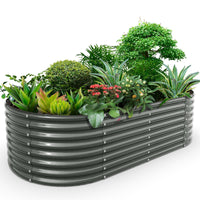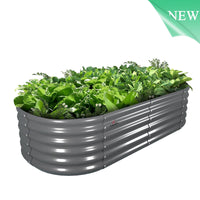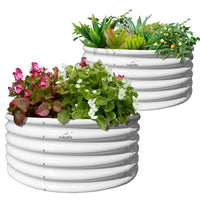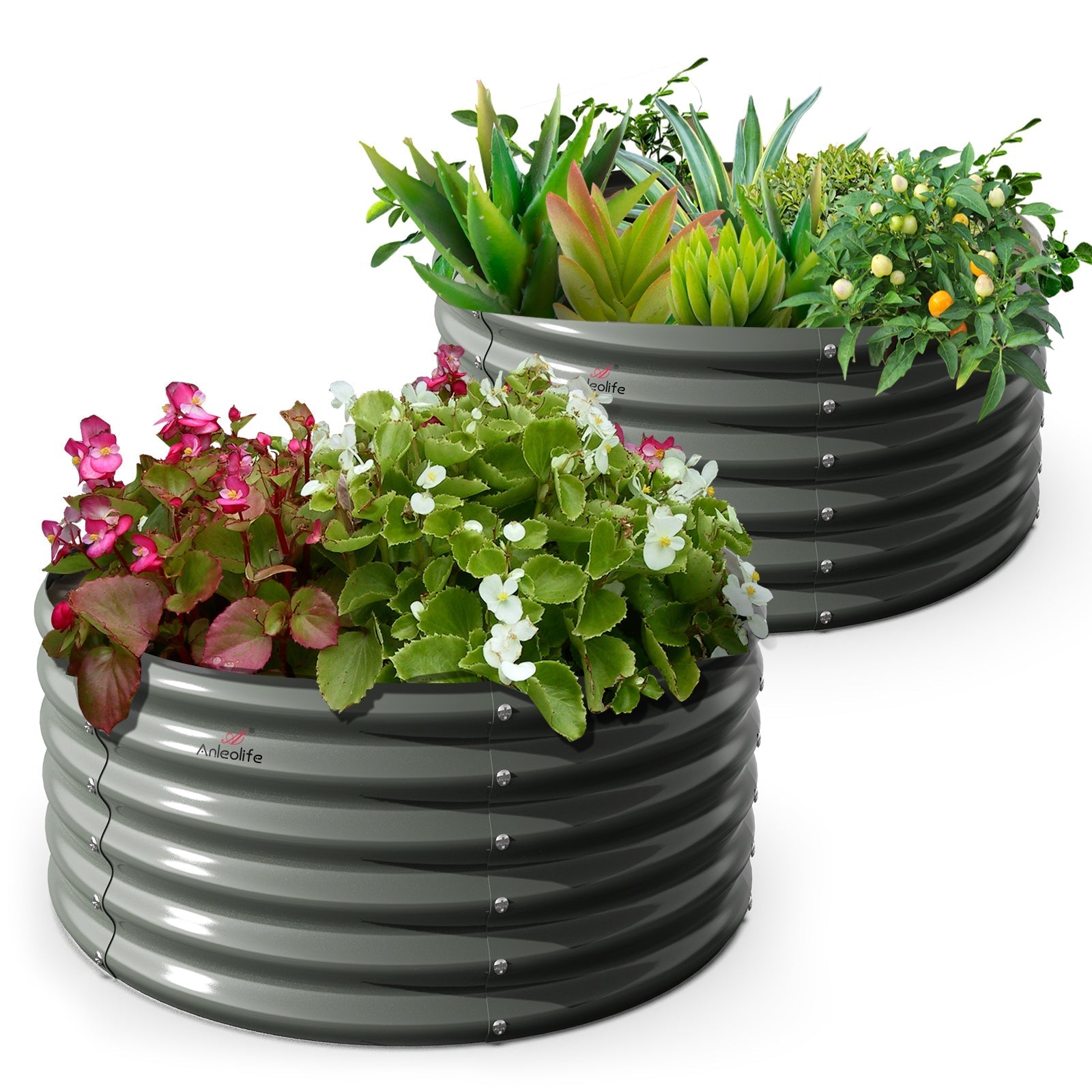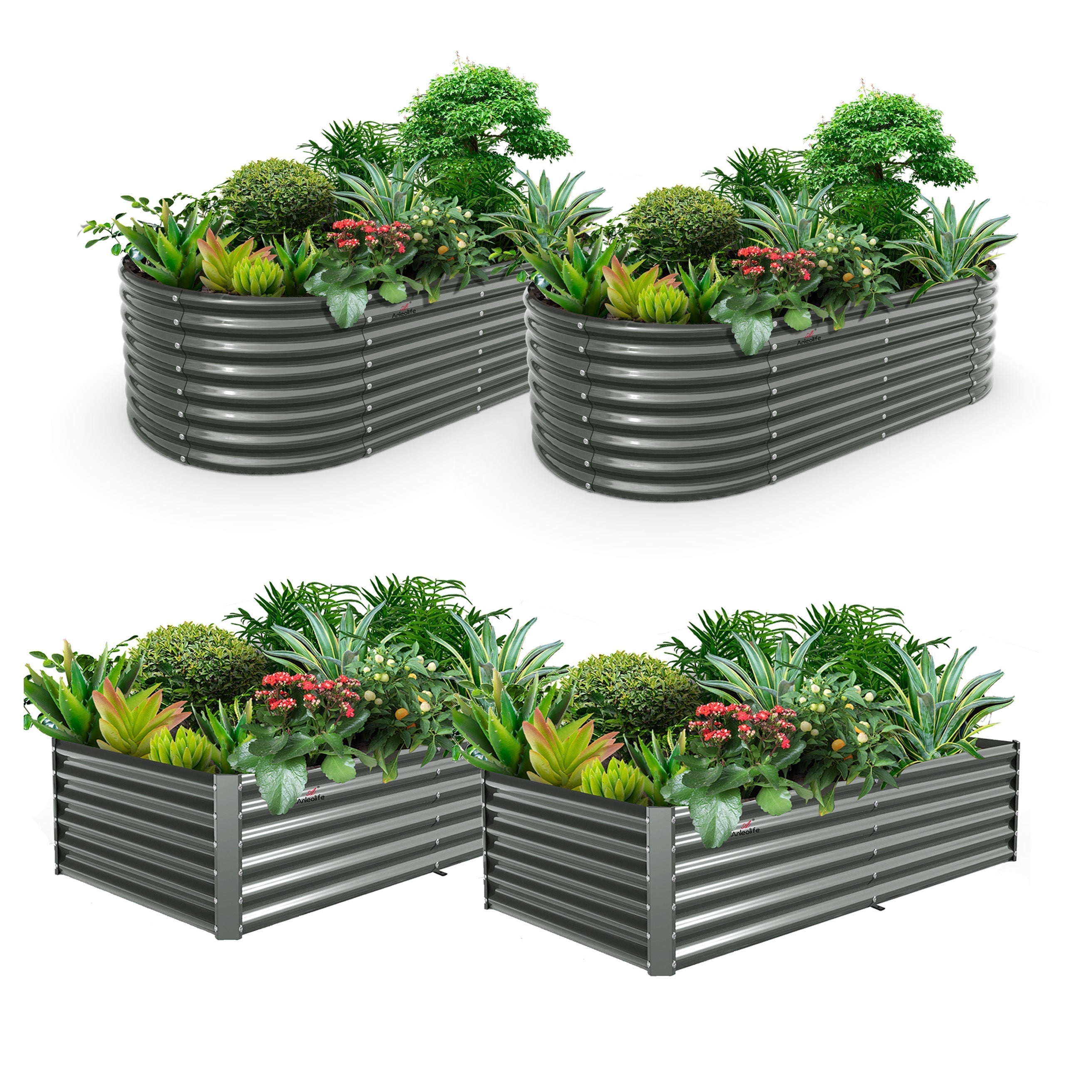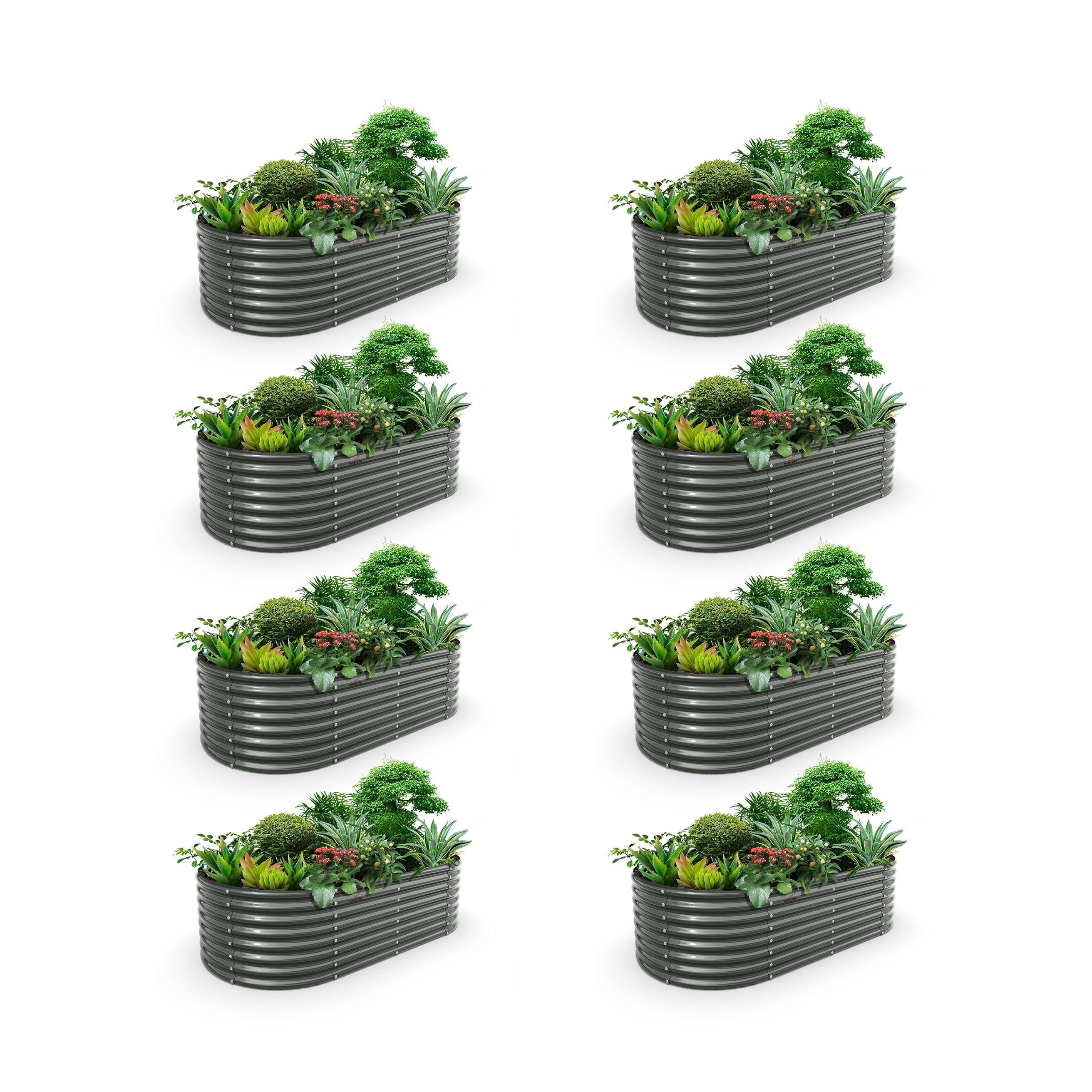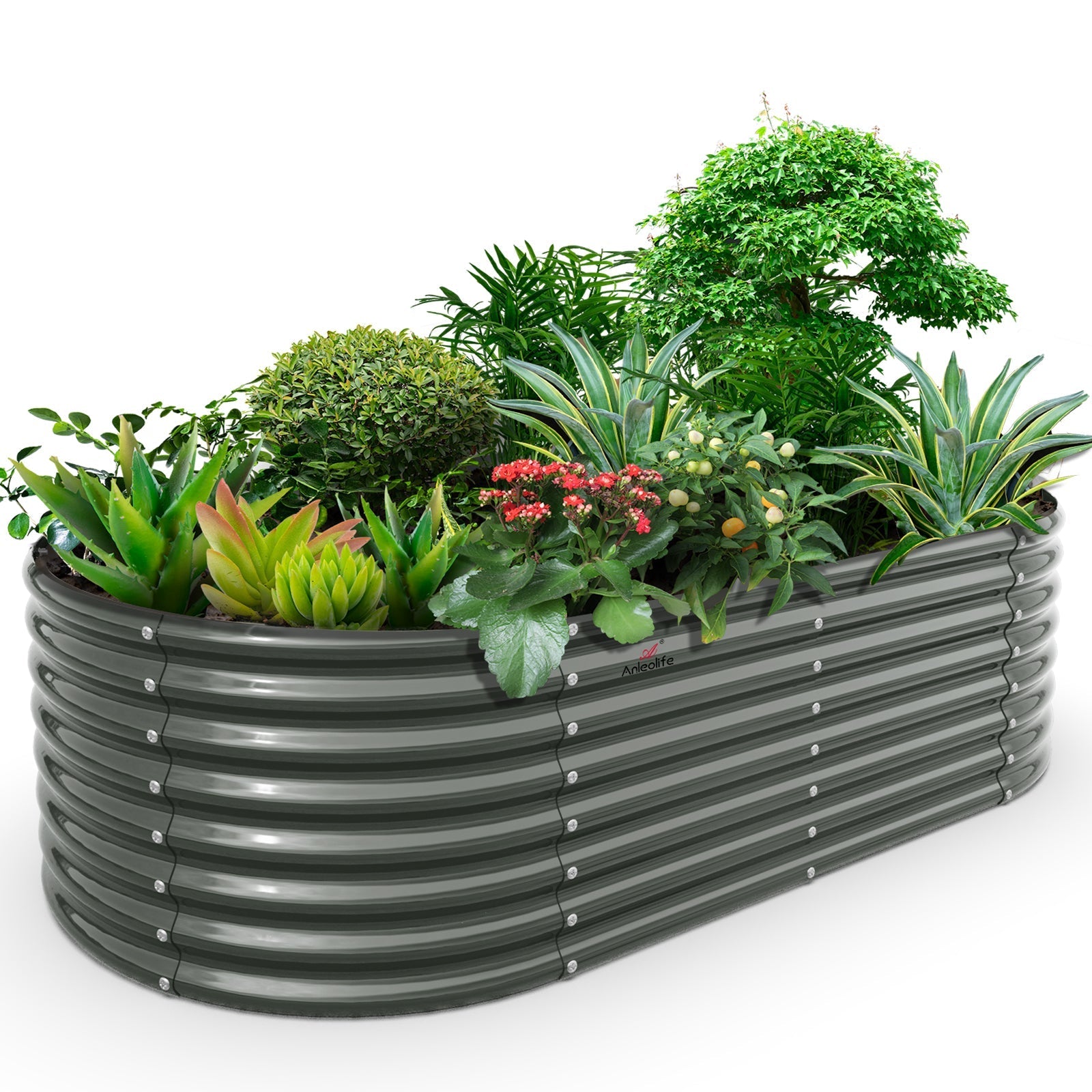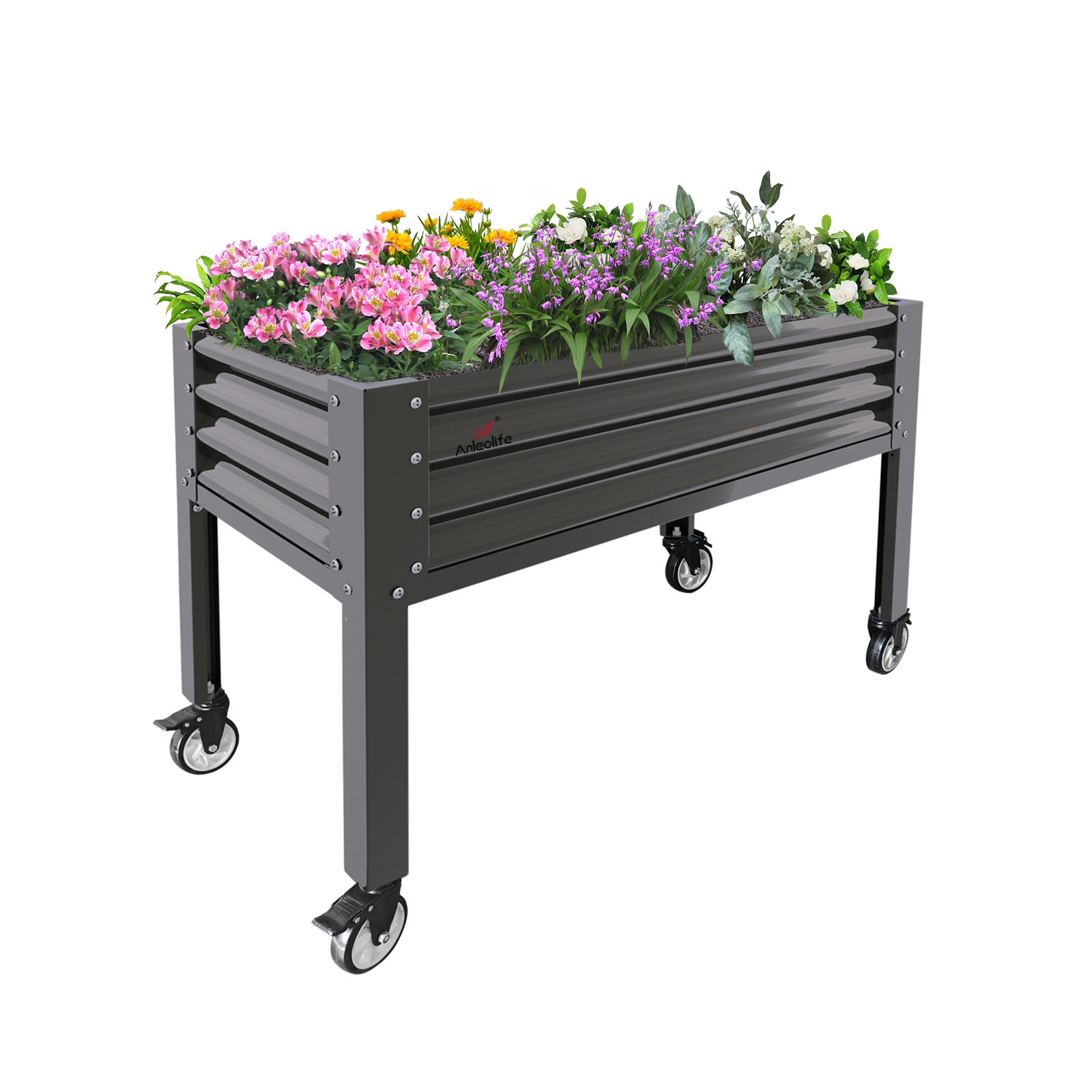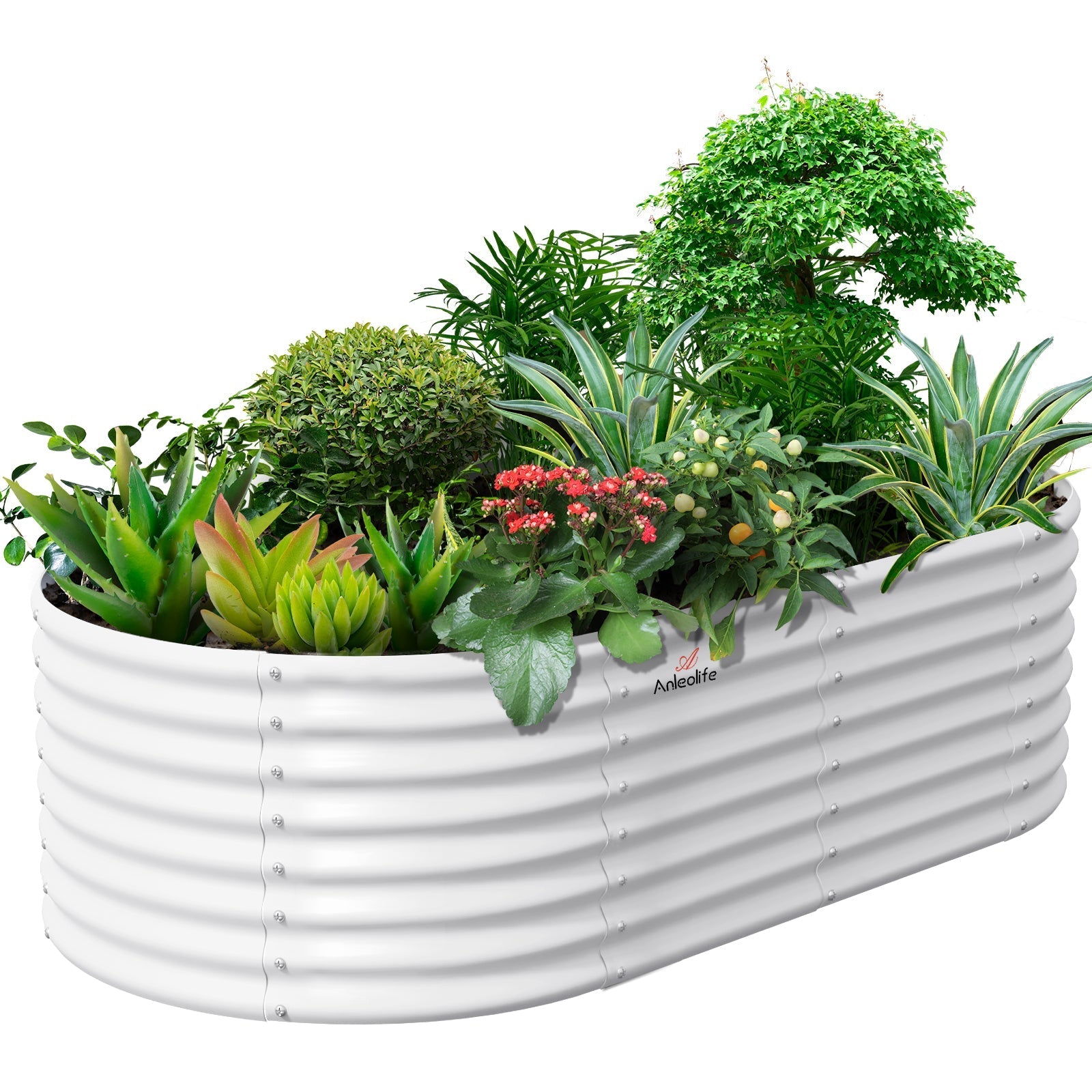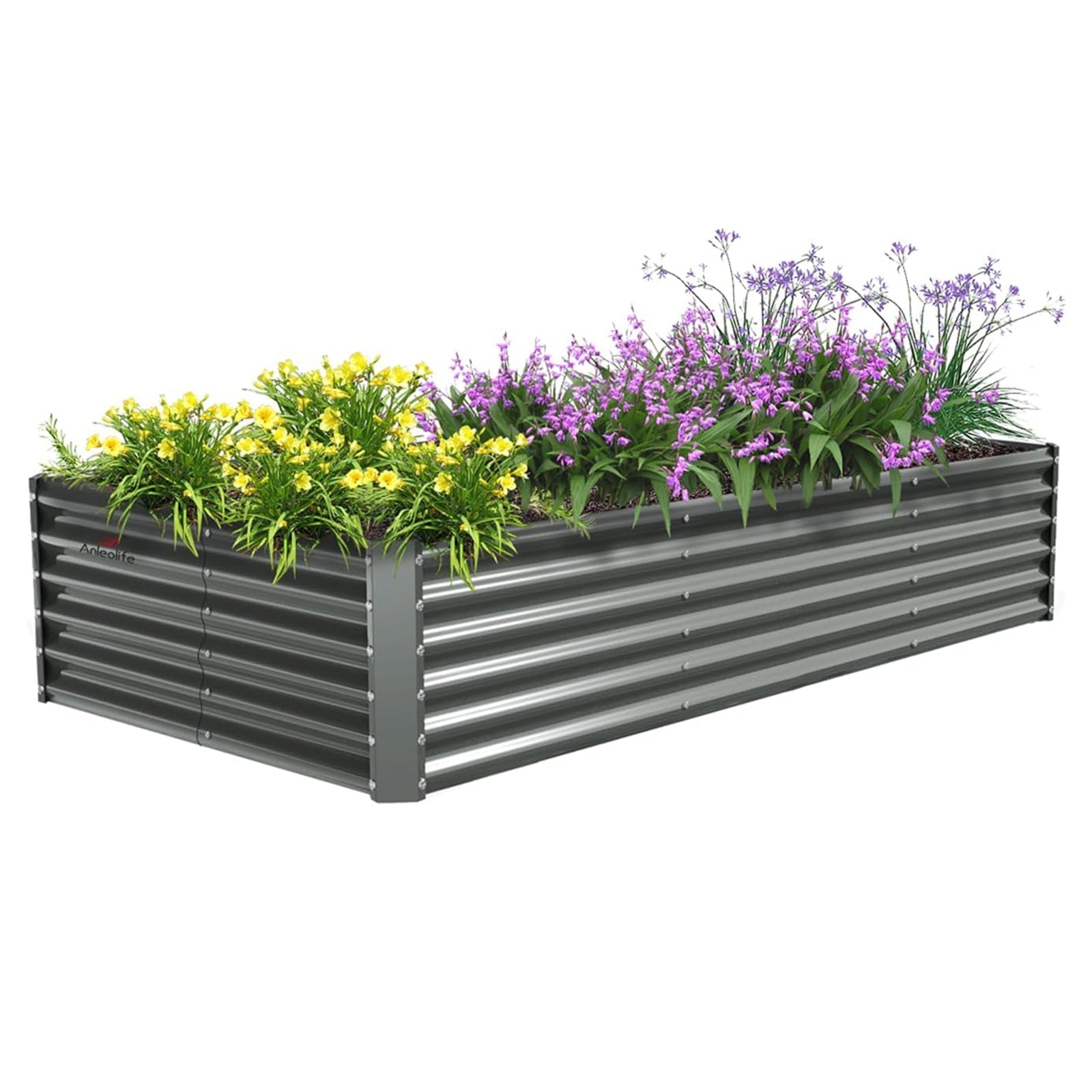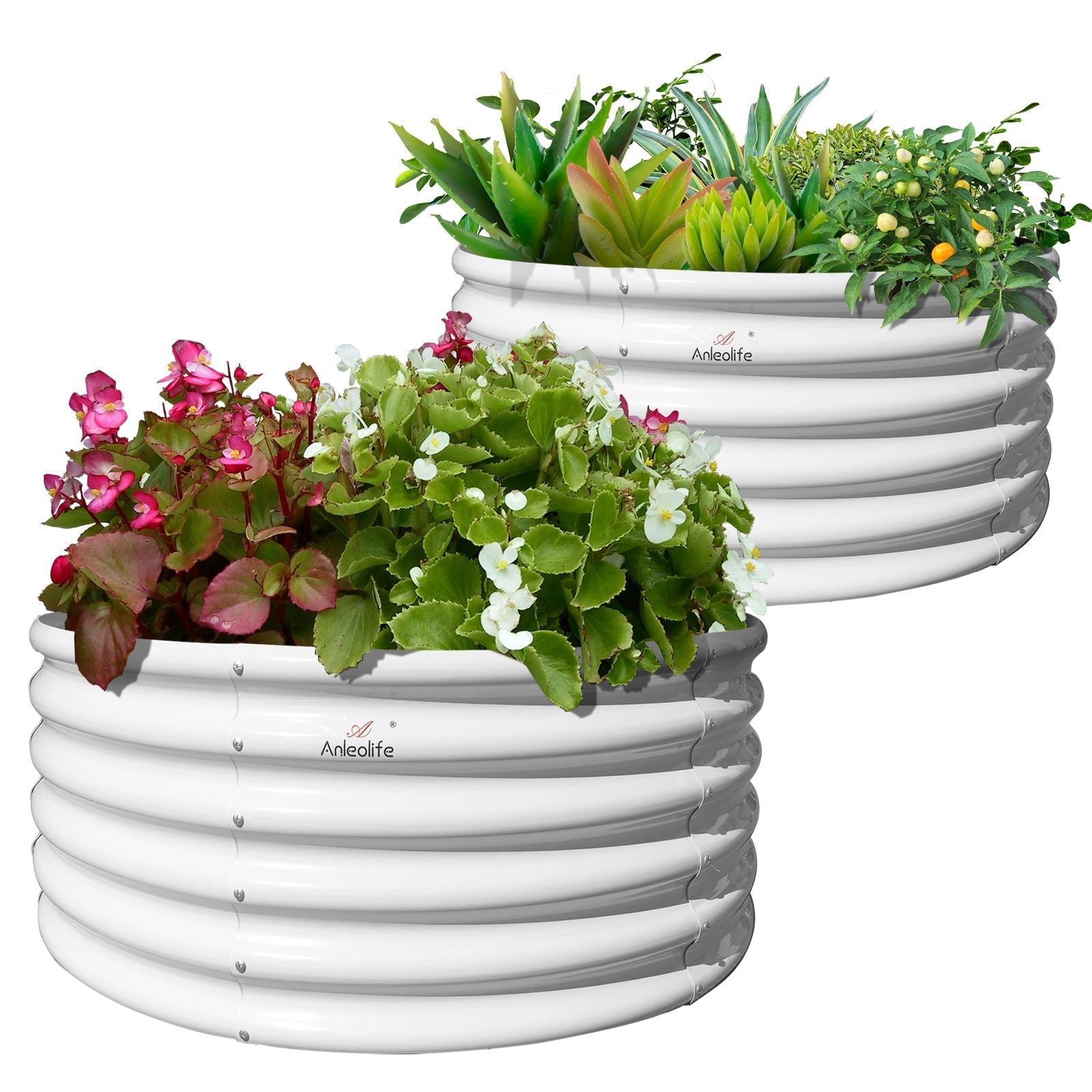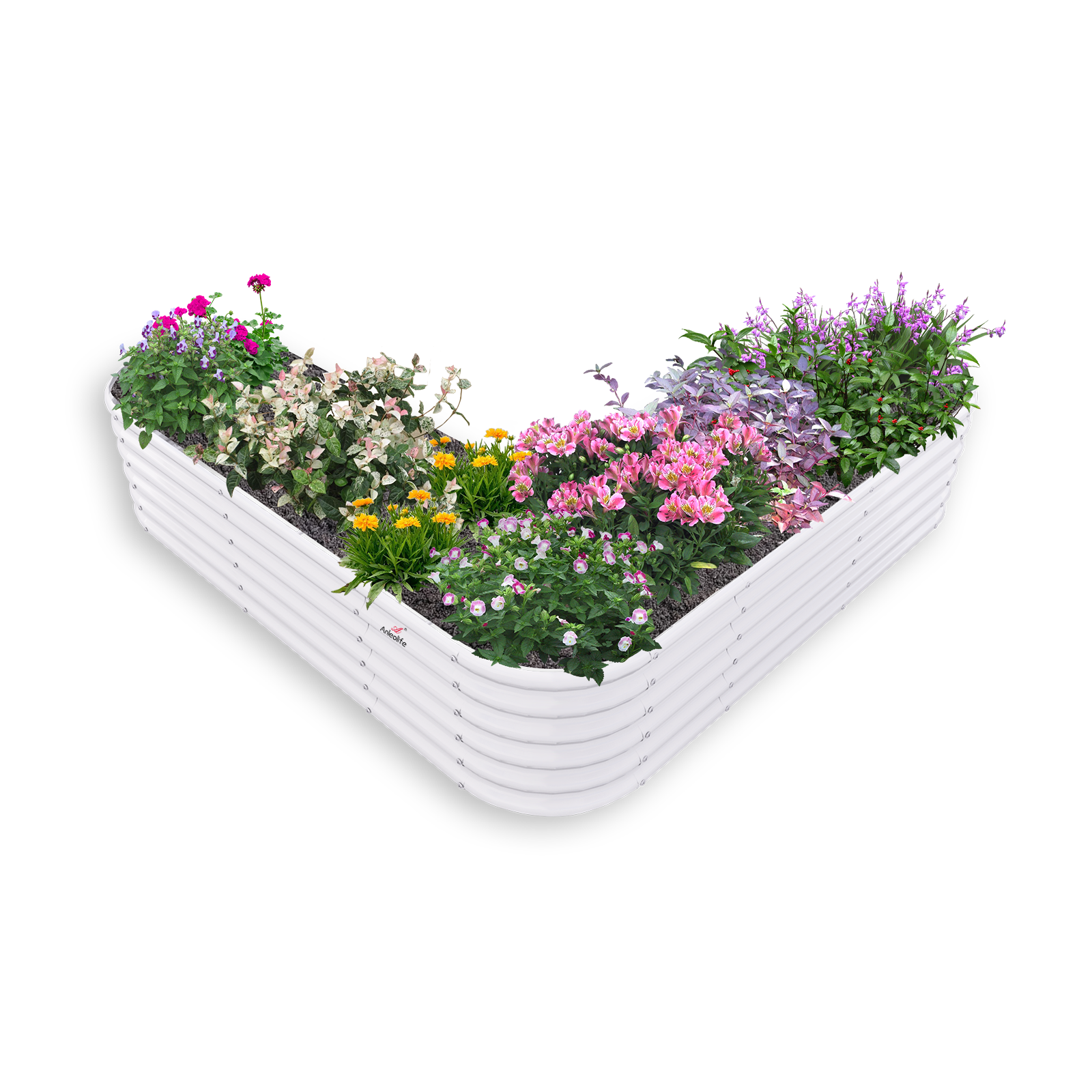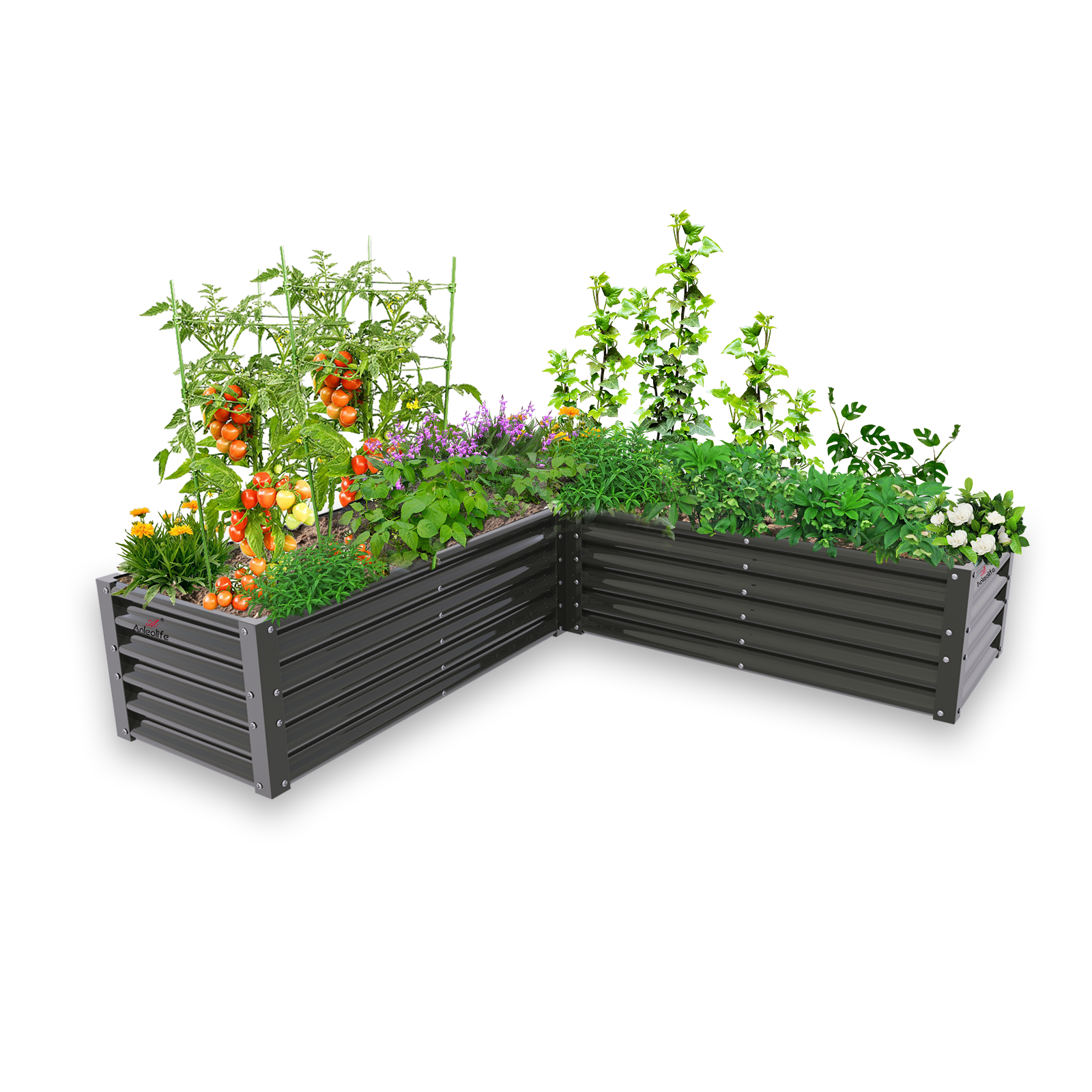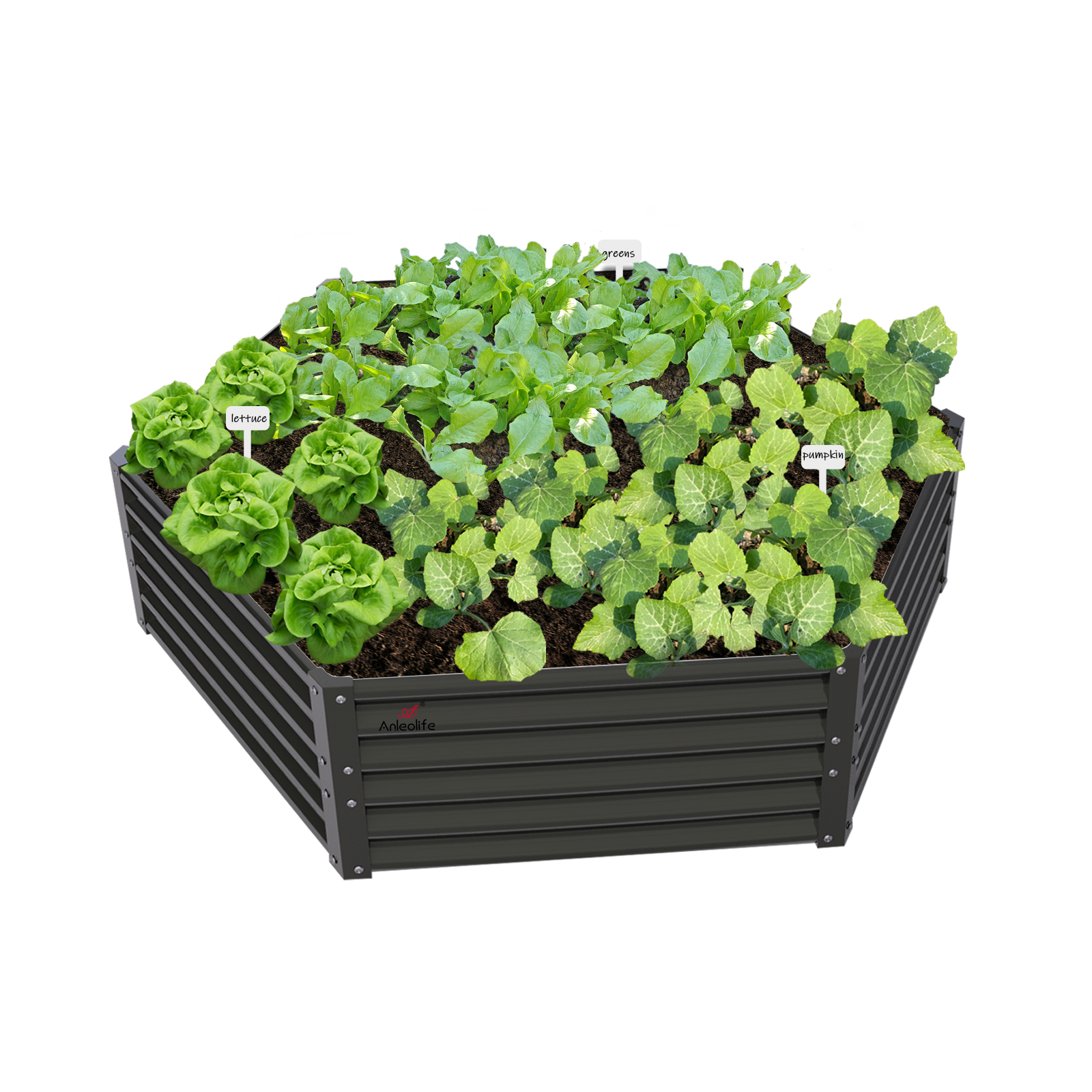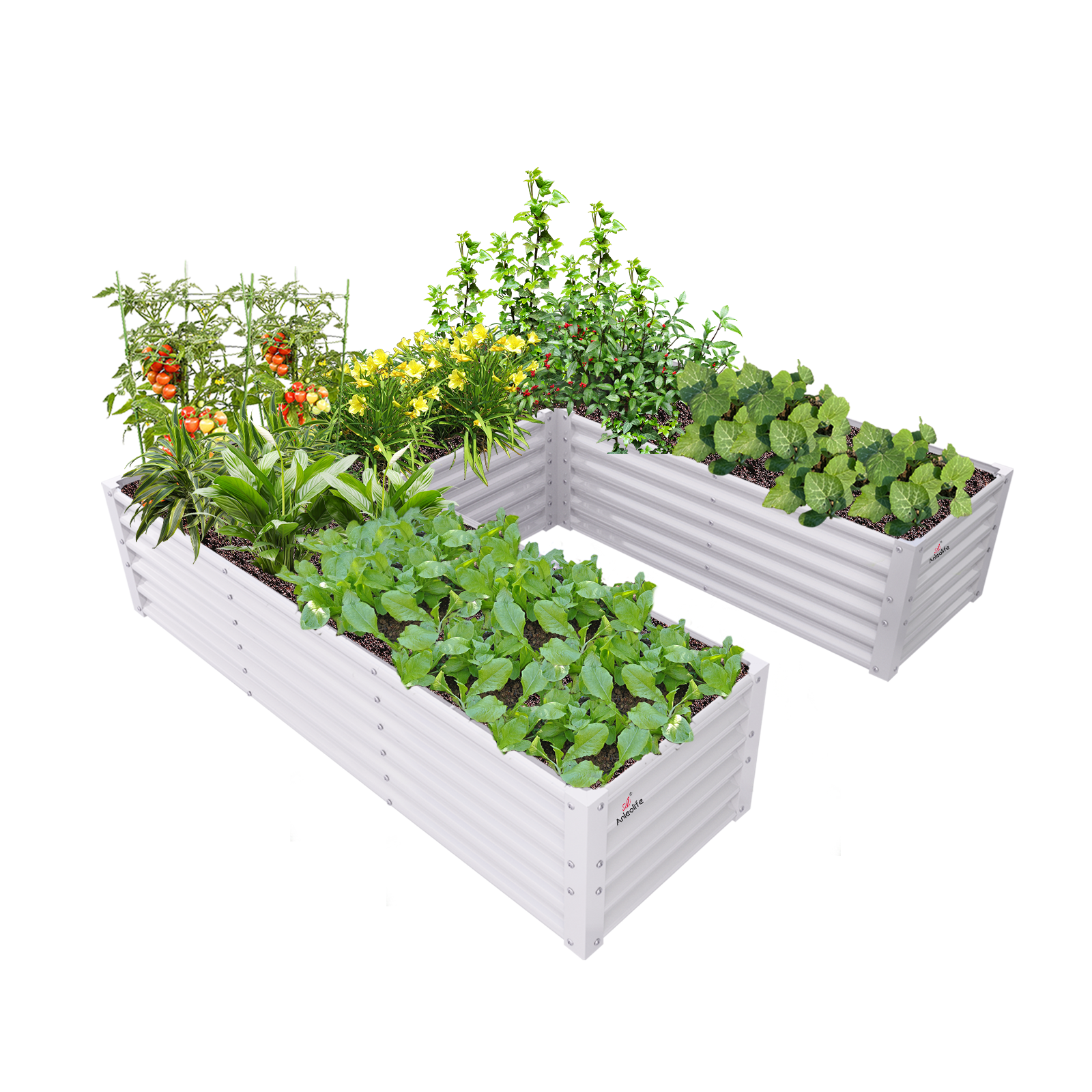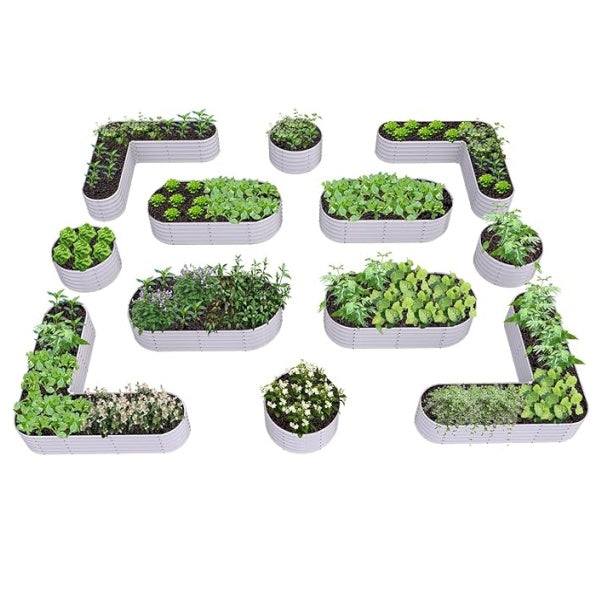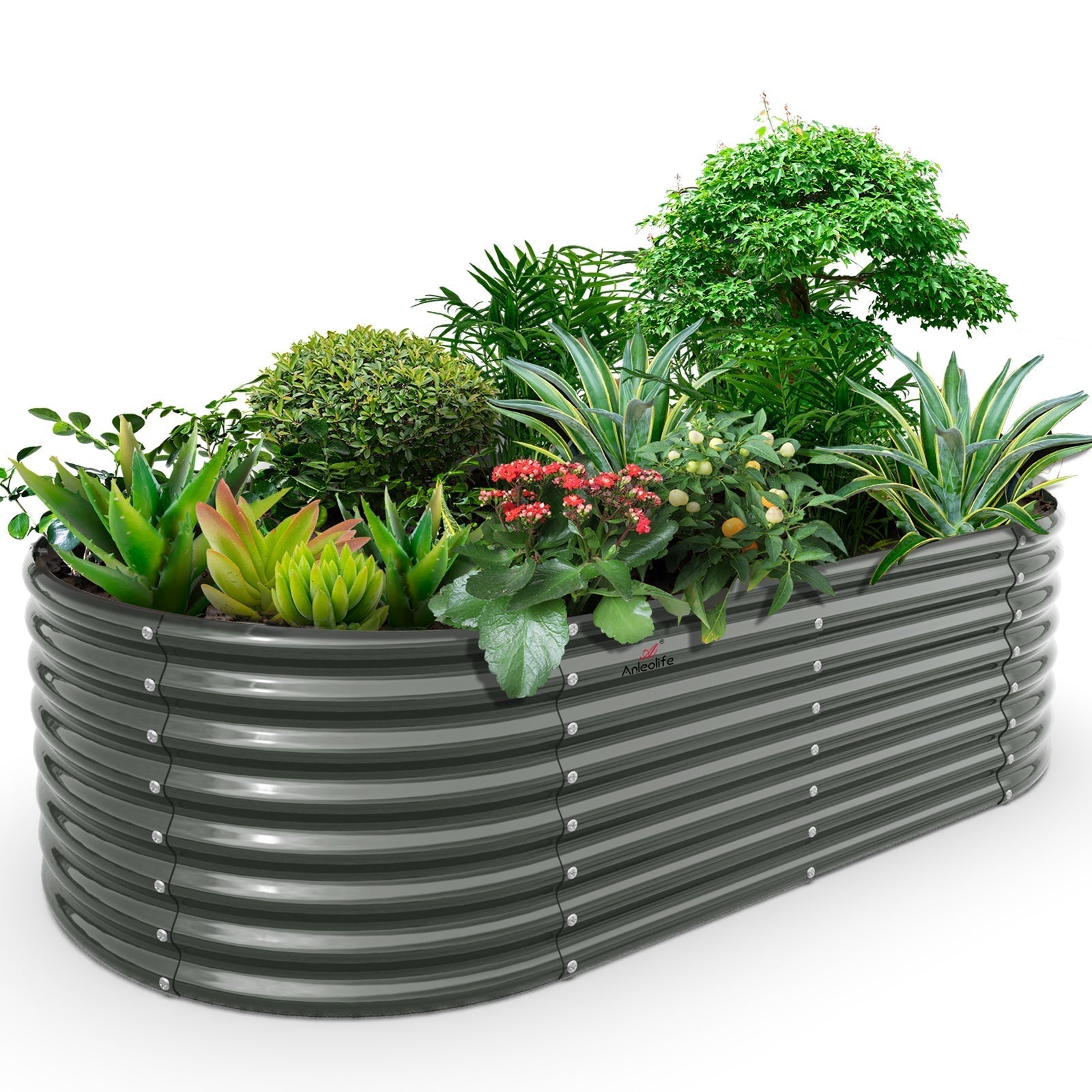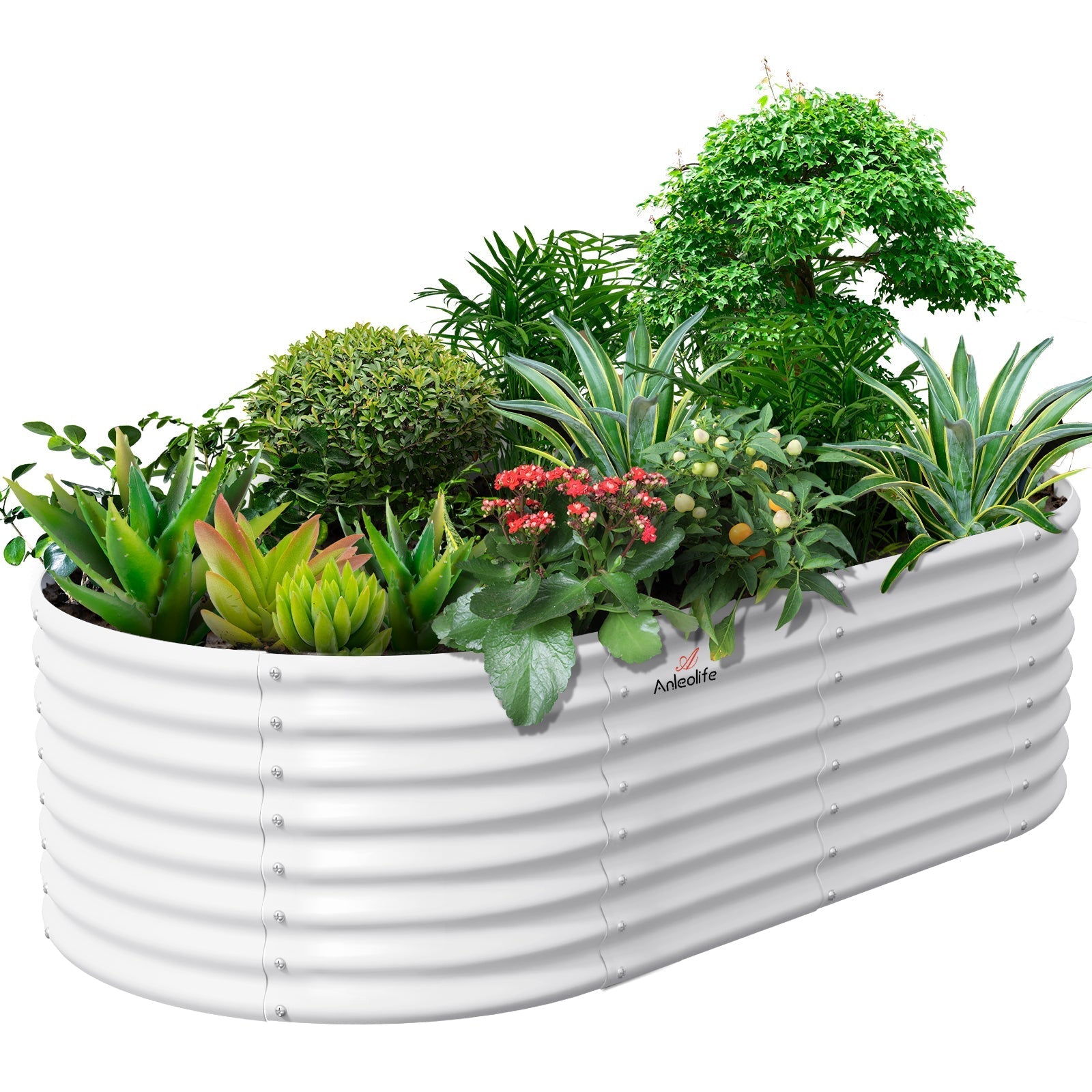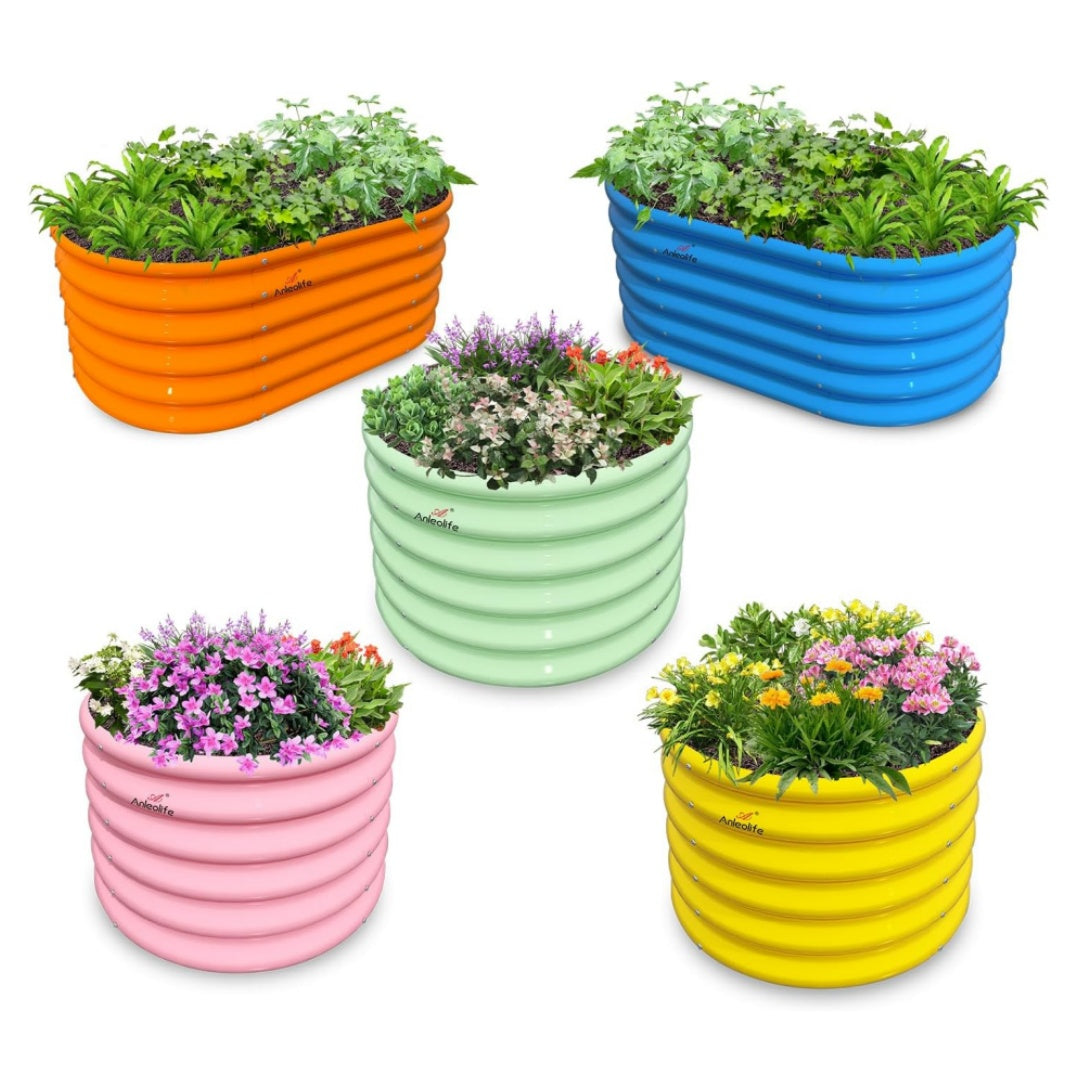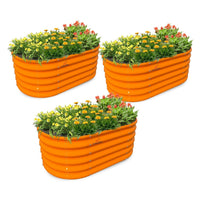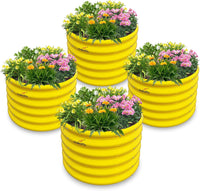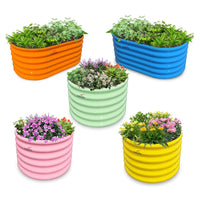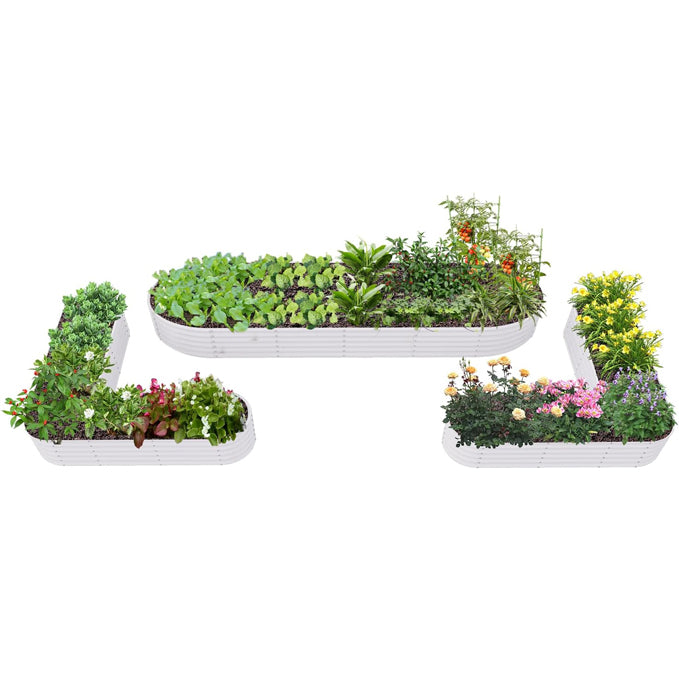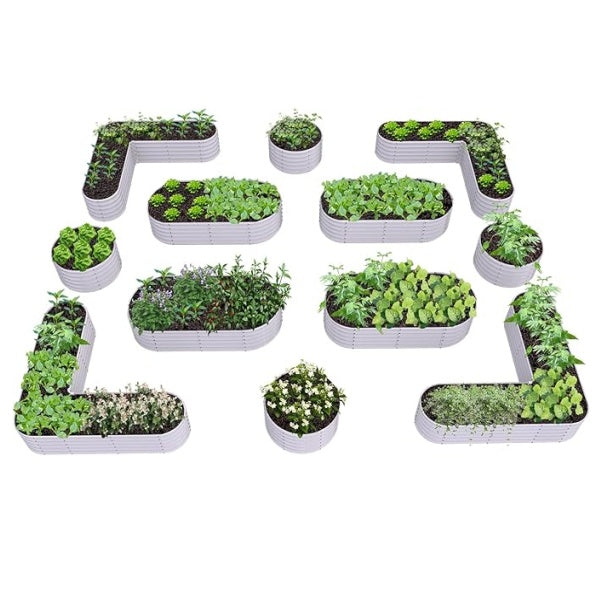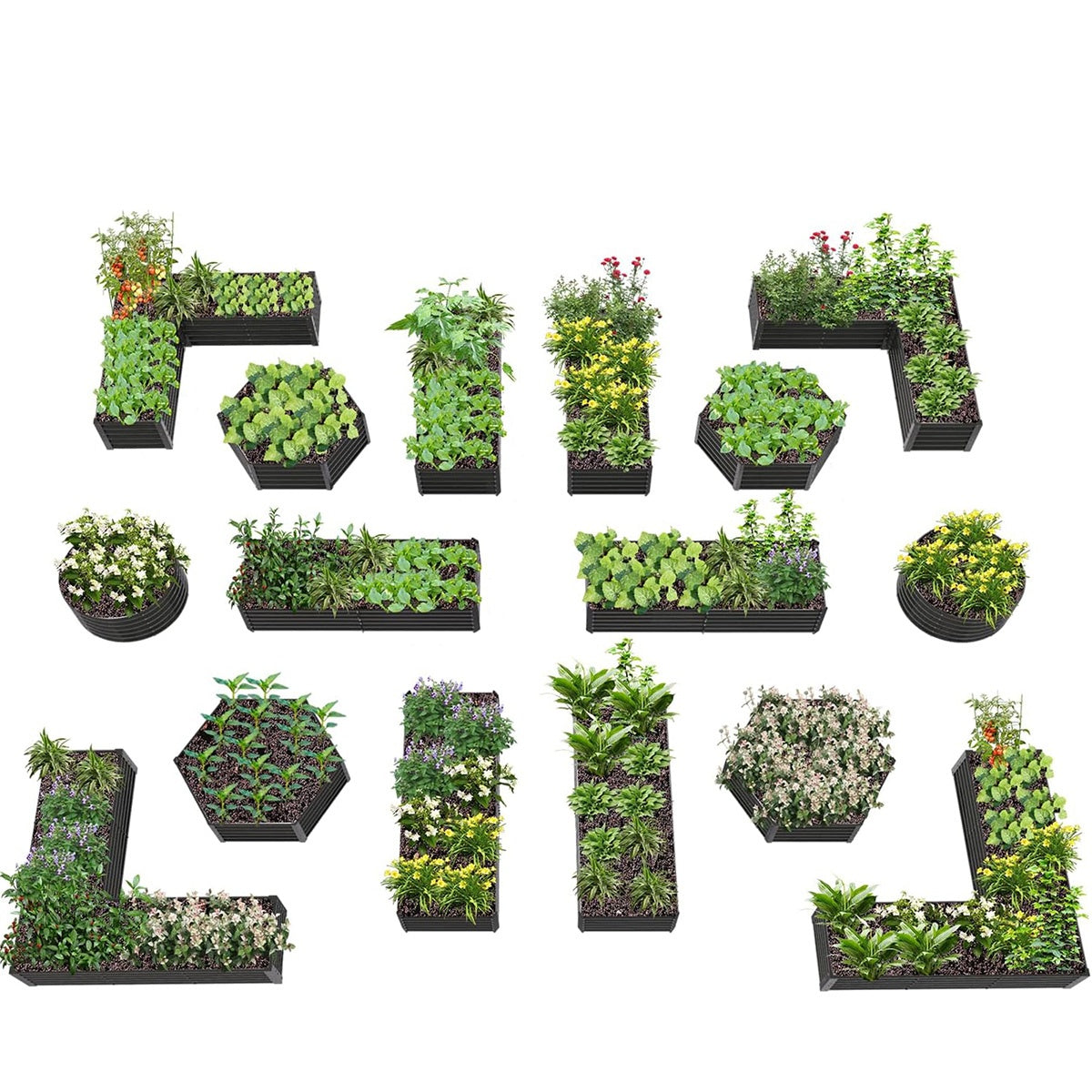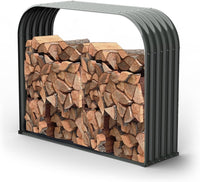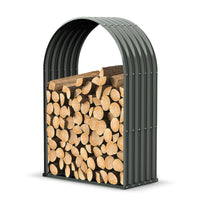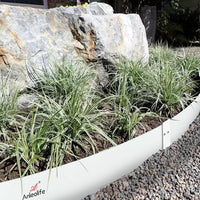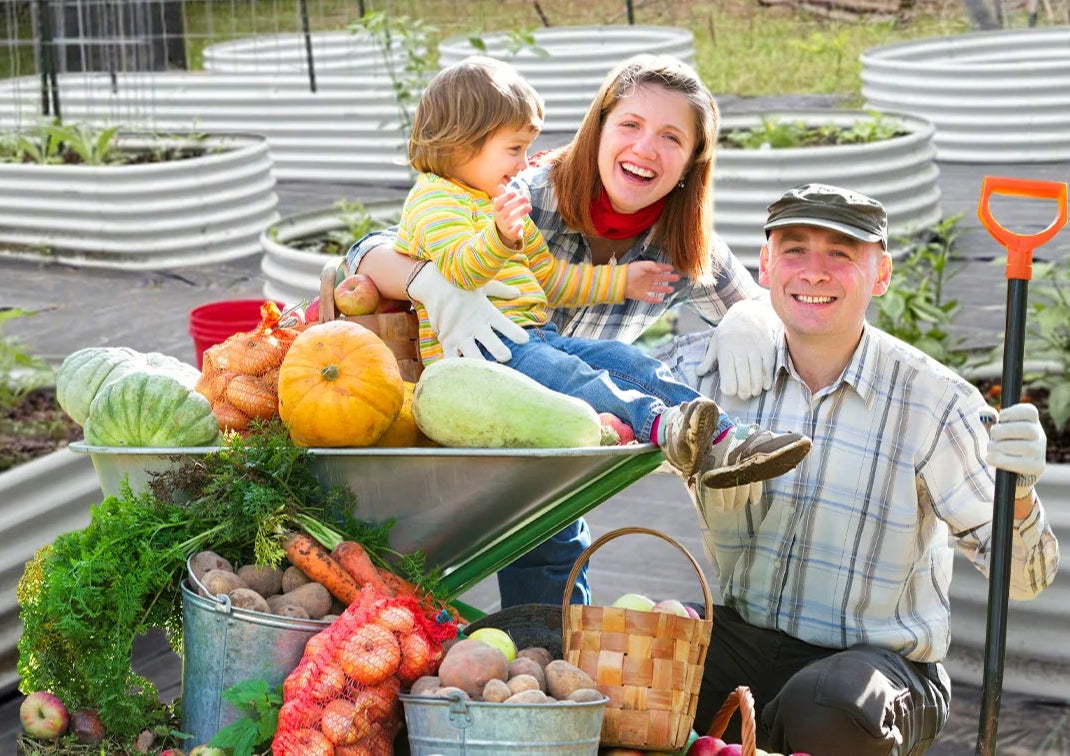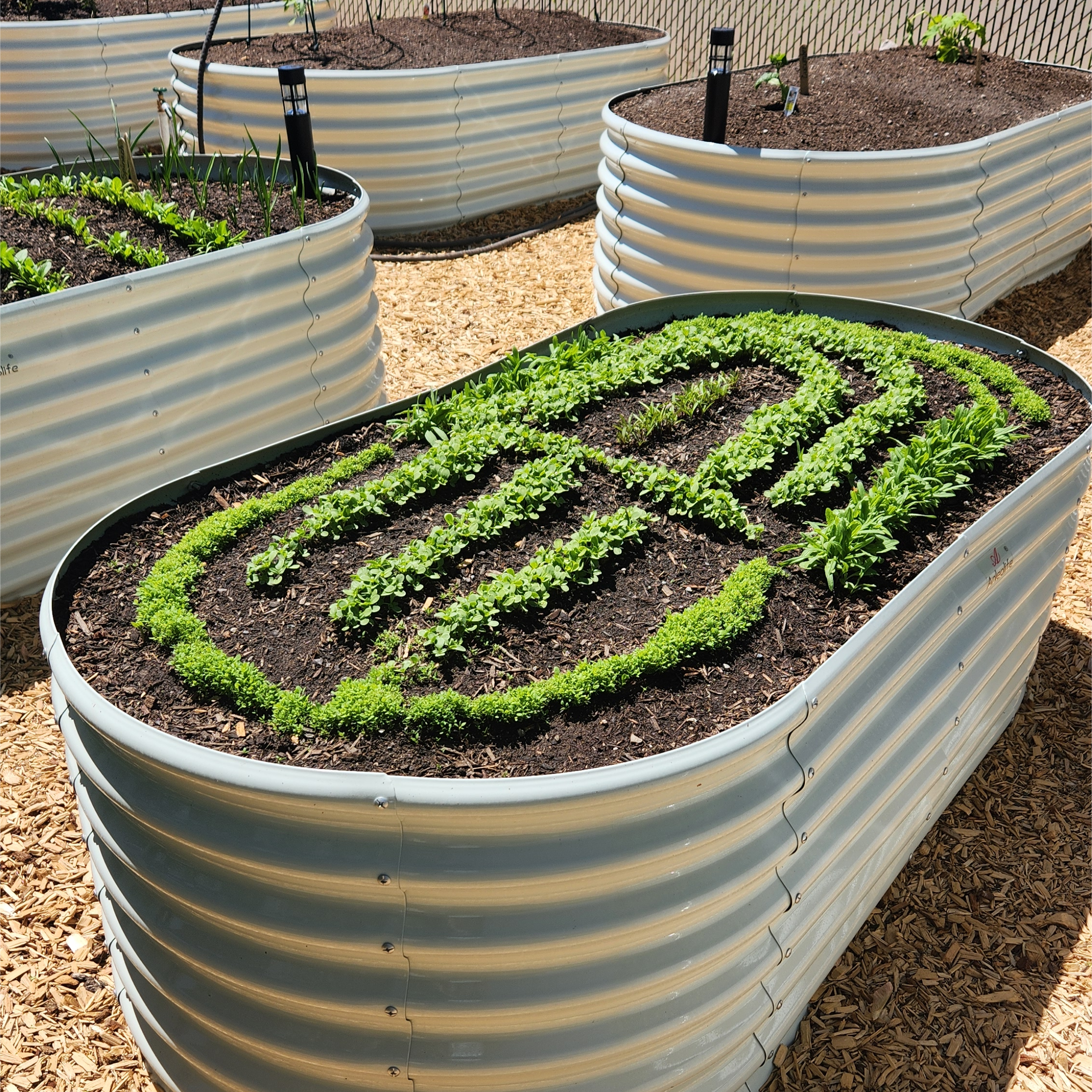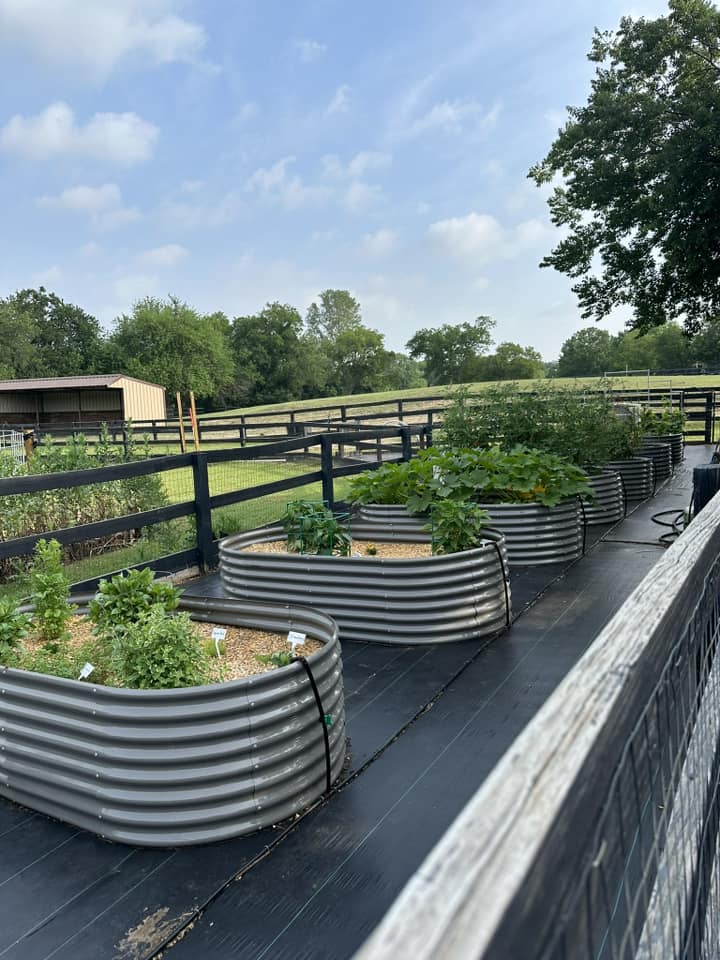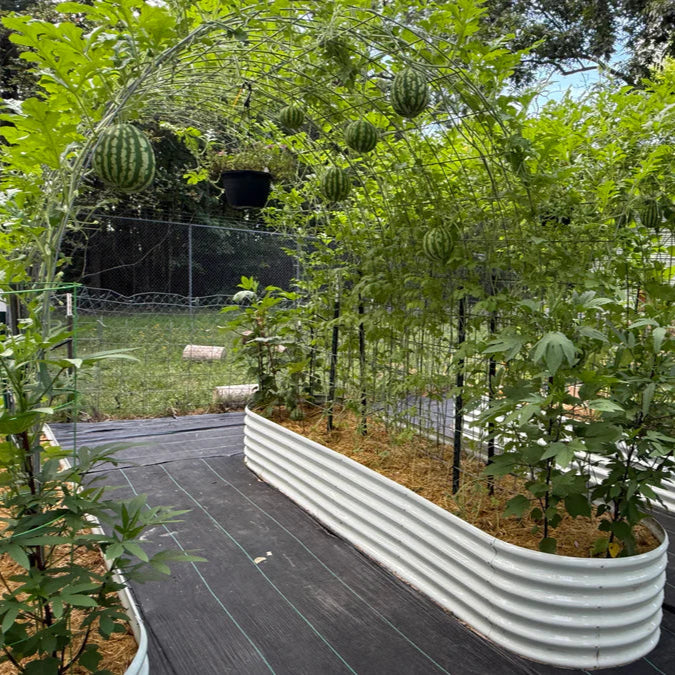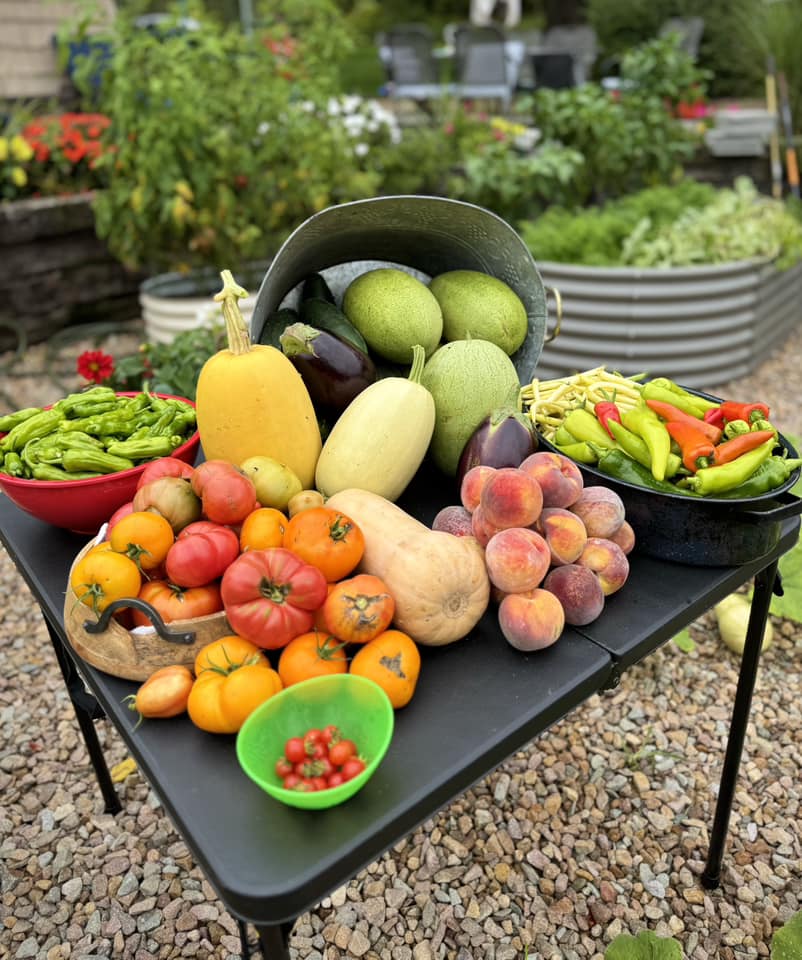Inflation is hitting grocery prices hard. Discover how raised garden beds, backyard gardens, and local farms offer a practical, sustainable solution for affordable fresh produce while building stronger communities.
The Farm-Fresh Solution to Inflation: Why Raised Garden Beds Matter

For American families, the weekly grocery run has become a test of financial endurance. Filling a cart with fresh produce—bell peppers, lettuce, tomatoes—now demands careful budgeting and sometimes painful trade-offs. Inflation has fundamentally changed the cost of living, making fresh vegetables a luxury many struggle to afford.
But a quiet revolution is growing in response—a movement that reconnects communities to their food sources while offering an effective strategy to fight rising prices. From small family farms to backyard gardens and raised garden beds, Americans are finding innovative ways to combat grocery inflation while building a more resilient food system.
Inflation’s Impact on Fresh Produce

The recent surge in vegetable prices is tied to broader economic forces. Post-pandemic inflation, supply chain disruptions, labor shortages, and rising energy costs have driven prices upward. Large-scale farming faces higher costs for fuel, fertilizers, and refrigerated transportation, costs that inevitably end up on the grocery bill.
The U.S. Bureau of Labor Statistics reports a steady increase in the consumer price index for food at home. Many households are responding by cutting back on fresh produce, with worrying implications for health and nutrition equity.
How Local Farms Shorten the Supply Chain

Small-scale and family-owned farms offer a compelling alternative to supermarket shopping. By cutting down the supply chain, local farms can avoid the costs associated with industrial agriculture. A tomato grown locally can be picked in the morning and sold at a farmers’ market the same day—bypassing expensive transportation and storage.
This approach keeps produce fresh and prices lower, and it puts money back into local economies. Shopping directly from farmers fosters community connections and makes fresh food accessible, even in the face of inflation.
Urban Agriculture and Raised Garden Beds

Urban agriculture is transforming cities across America. From Detroit to San Francisco, vacant lots, rooftops, and even apartment balconies are becoming vibrant growing spaces.
Raised garden beds are a core tool in this movement. These elevated planting spaces are perfect for small urban plots, offering better drainage, fewer weeds, and extended growing seasons. For gardeners of all skill levels, raised garden beds make it easier to grow fresh vegetables in a controlled, efficient environment.
In food deserts—neighborhoods with limited access to fresh produce—raised garden beds and community gardens are proving vital. They allow neighborhoods to grow their own food, improving access, affordability, and community resilience.
How Raised Garden Beds Provide Price Stability

Gardening with raised beds offers more than fresh produce—it offers economic stability. A backyard raised garden bed can produce hundreds of dollars’ worth of vegetables each season, providing a hedge against grocery inflation.
With steel raised garden beds, gardeners can grow high-value crops like leafy greens, tomatoes, and herbs with less effort and space. Over time, soil health improves through composting and crop rotation, increasing yields and reducing costs.
For many families, raised garden beds transform from a gardening experiment into a sustainable food source that saves money and improves food security.
Raised Garden Beds and a Greener Future

The benefits of raised garden beds and local farming go beyond the household budget. They contribute to a sustainable food system by reducing food miles, reusing underutilized land, and greening communities. Urban agriculture transforms empty spaces into productive green areas, reducing urban heat and creating educational opportunities for residents.
Supporting these initiatives isn’t just an individual choice—it’s a community movement. Consumers can support local farmers through farmers’ markets or CSA subscriptions. Cities can encourage urban farming by easing zoning restrictions, offering tax incentives, and investing in community garden infrastructure.
Growing Resilience in Your Backyard

By planting your own vegetables, you gain control over your food supply and cost. More importantly, you become part of a community that values sustainability, self-reliance, and resilience. Every raised garden bed, every neighborhood plot, every CSA box is a step toward a future where fresh produce is affordable and accessible to all.
Let’s Grow Together

This is about more than gardening—it’s about reclaiming our food independence. Communities that embrace raised garden beds and local farming can protect themselves against inflation, improve nutrition, and strengthen social bonds.
We want to hear from YOU:
Have you started a raised garden bed or community garden to fight inflation?
What’s your favorite vegetable to grow at home?
Know a great farmers’ market or gardening resource? Share it in the comments!
Forward a friend who would benefit from growing their own food and start a conversation about building a more affordable and sustainable future.
This content is excerpted from the first issue of Garden Bed Inspiration Monthly. To access the full PDF, click here to visit our monthly magazine section and download it for free.


